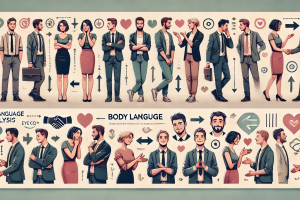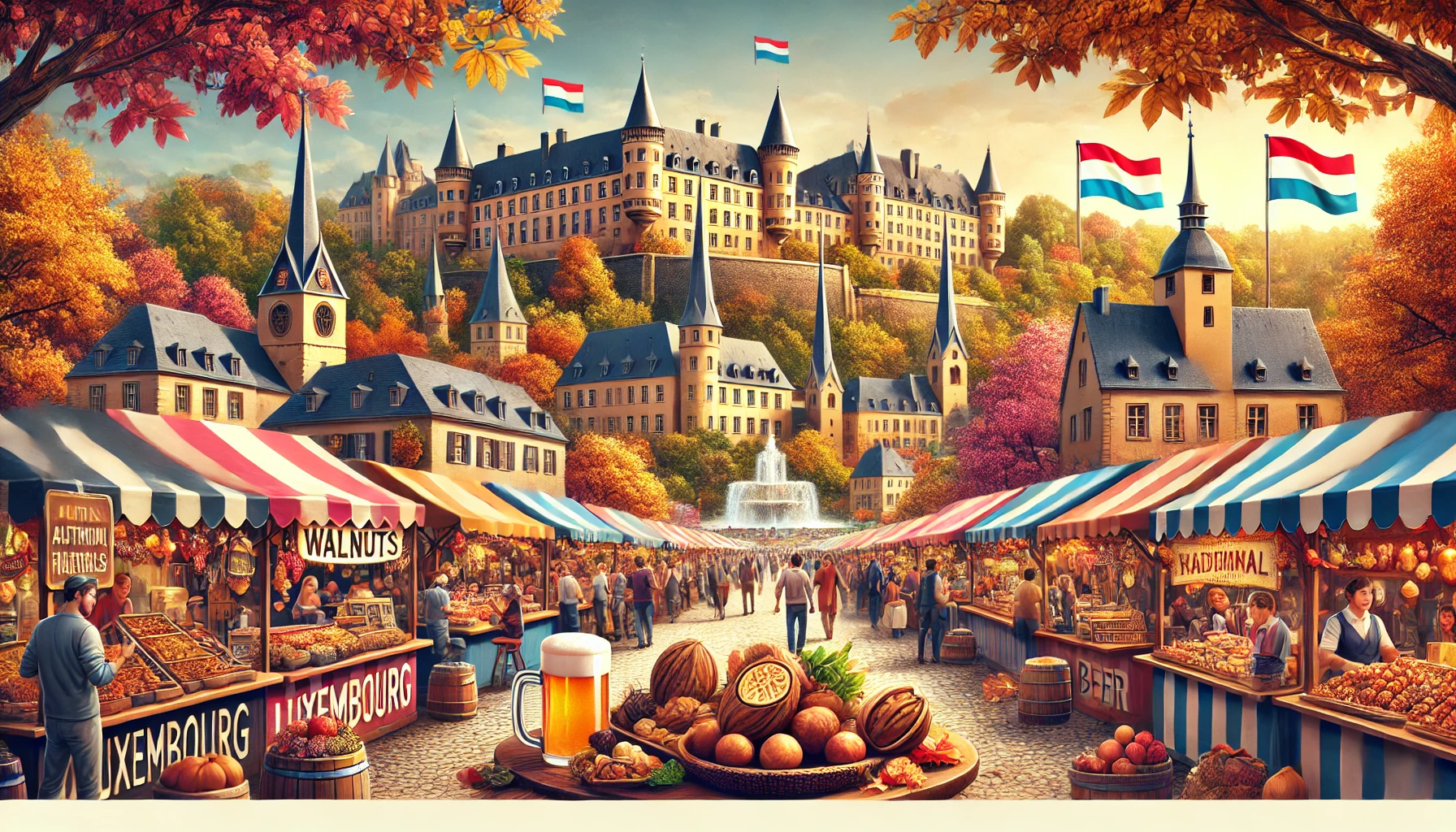The Fascinating LEGO History: From Its Origins to Modern Day
LEGO history is a tale of innovation, creativity, and resilience. From its humble beginnings in a small Danish workshop to becoming a global phenomenon, LEGO has captivated the imaginations of millions worldwide. This comprehensive guide will take you through the history of LEGO, exploring its origins, key milestones, and the evolution of its brand. We will delve into the fascinating journey of LEGO, highlighting the pivotal moments that have shaped its legacy.
Introduction
The story of LEGO is more than just the history of a toy company; it is a testament to the power of creativity and innovation. As we explore LEGO history, we will uncover how a simple concept evolved into one of the most beloved and influential brands in the world. In this blog, we will examine the origins of LEGO, the milestones in its timeline, and the significant events that have contributed to its enduring success.
Origins of LEGO: The Beginning of a Legacy
Who Invented LEGO?
LEGO was invented by Ole Kirk Christiansen, a carpenter from Denmark. In 1932, Christiansen began making wooden toys in his small workshop in Billund. The name “LEGO” is derived from the Danish words “leg godt,” which means “play well.” This simple yet profound philosophy has been at the heart of LEGO’s mission since its inception.
Early Years: Wooden Toys to Plastic Bricks
Initially, LEGO produced wooden toys, but in 1947, the company made a significant shift to plastic. This change was revolutionary, as it allowed for the creation of the interlocking bricks that we recognize today. The first plastic brick was produced in 1949, featuring a simple design that laid the foundation for future innovations.
LEGO Timeline: Key Milestones in LEGO History
1950s: The Birth of the Modern LEGO Brick
In 1958, the modern LEGO brick was patented. This new design featured interlocking studs and tubes, providing a stable and versatile building system. This innovation transformed LEGO into a unique and enduring construction toy, distinguishing it from other toys of the era.
1960s: Expansion and Diversification
The 1960s marked a period of rapid expansion for LEGO. The company introduced new themes and sets, including vehicles and buildings, enhancing the creative possibilities for children. In 1968, the first LEGOLAND theme park opened in Billund, attracting millions of visitors and solidifying LEGO’s status as a global brand.
1970s: Embracing Educational Play
LEGO’s commitment to education became evident in the 1970s. The company introduced LEGO DUPLO, larger bricks designed for younger children. This period also saw the development of LEGO Education, a division dedicated to using LEGO bricks as educational tools in classrooms worldwide.
1980s: Technological Advancements
The 1980s were marked by significant technological advancements in LEGO sets. The introduction of LEGO Technic brought gears, motors, and complex mechanical elements into the play experience. This innovation appealed to older children and adults, expanding LEGO’s demographic reach.
1990s: Digital Revolution
In the 1990s, LEGO embraced the digital revolution. The company launched LEGO Mindstorms, a line of programmable robots that combined physical building with computer programming. This innovation bridged the gap between physical play and digital technology, positioning LEGO at the forefront of educational and creative play.
2000s: Cultural Phenomenon
The new millennium saw LEGO become a cultural phenomenon. Collaborations with popular franchises like Star Wars, Harry Potter, and Marvel brought new fans into the LEGO universe. The LEGO Movie, released in 2014, further cemented LEGO’s cultural relevance, showcasing the brand’s creativity and appeal to all ages.
Evolution of the LEGO Brand
LEGO’s Commitment to Quality
Throughout its history, LEGO has maintained a steadfast commitment to quality. The precision of LEGO bricks ensures that they fit together perfectly, providing a consistent and enjoyable building experience. This dedication to quality has been a cornerstone of LEGO’s success.
Innovation and Adaptation
LEGO’s ability to innovate and adapt has been critical to its enduring appeal. The company continually introduces new themes, sets, and technologies to keep the brand fresh and relevant. From augmented reality sets to eco-friendly bricks made from sustainable materials, LEGO’s evolution reflects its commitment to innovation and environmental responsibility.
Community and Engagement
LEGO has cultivated a strong and engaged community of fans and builders. The LEGO Ideas platform allows fans to submit their own designs, with the potential for their creations to become official LEGO sets. This community-driven approach has fostered a sense of ownership and creativity among LEGO enthusiasts.
LEGO Education and Social Impact
LEGO’s impact extends beyond entertainment; the company is dedicated to education and social responsibility. LEGO Education provides resources and curriculum support to educators, while the LEGO Foundation focuses on using play to address global challenges and promote learning.
Interesting Facts About LEGO
LEGO Facts and Trivia
- LEGO Brick Compatibility: All LEGO bricks produced since 1958 are compatible with each other, showcasing the timeless design of the LEGO system.
- Production Scale: LEGO produces over 19 billion elements annually, with an average of 36,000 LEGO pieces manufactured every minute.
- Minifigure Milestone: The iconic LEGO minifigure was introduced in 1978, and since then, more than 4 billion minifigures have been produced, making them one of the world’s most numerous populations.
LEGO Milestones
- Largest LEGO Set: The largest commercially available LEGO set is the LEGO Art World Map, featuring over 11,000 pieces.
- Tallest LEGO Tower: In 2013, a team in Delaware constructed the tallest LEGO tower, reaching a height of 113 feet.
- First Minifigure: The first LEGO minifigure was a police officer, marking the beginning of the minifigure’s journey as a beloved aspect of LEGO play.
Conclusion
LEGO history is a remarkable journey of innovation, creativity, and resilience. From its origins in a small Danish workshop to becoming a global cultural phenomenon, LEGO has inspired generations of builders and dreamers. The company’s commitment to quality, innovation, and community engagement has solidified its place as a beloved brand worldwide.
The history of LEGO is filled with fascinating facts, milestones, and evolution that reflect the brand’s impact on play and education. As we look to the future, LEGO continues to inspire creativity and imagination, ensuring that its legacy will endure for generations to come.
For more information and resources on LEGO history and educational tools, visit Regent Studies. Utilize these insights and resources to explore the rich history of LEGO and its contributions to play, education, and creativity.
Whether you’re a lifelong fan or new to the world of LEGO, the history of this iconic brand offers valuable lessons in innovation, creativity, and the enduring power of play. Embrace the journey of LEGO history, and discover the endless possibilities that these timeless bricks have to offer.



